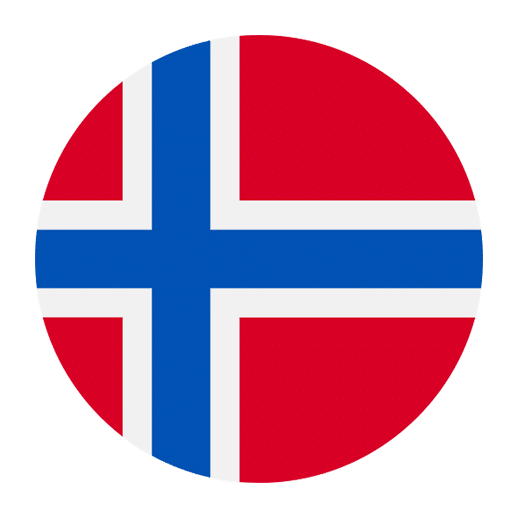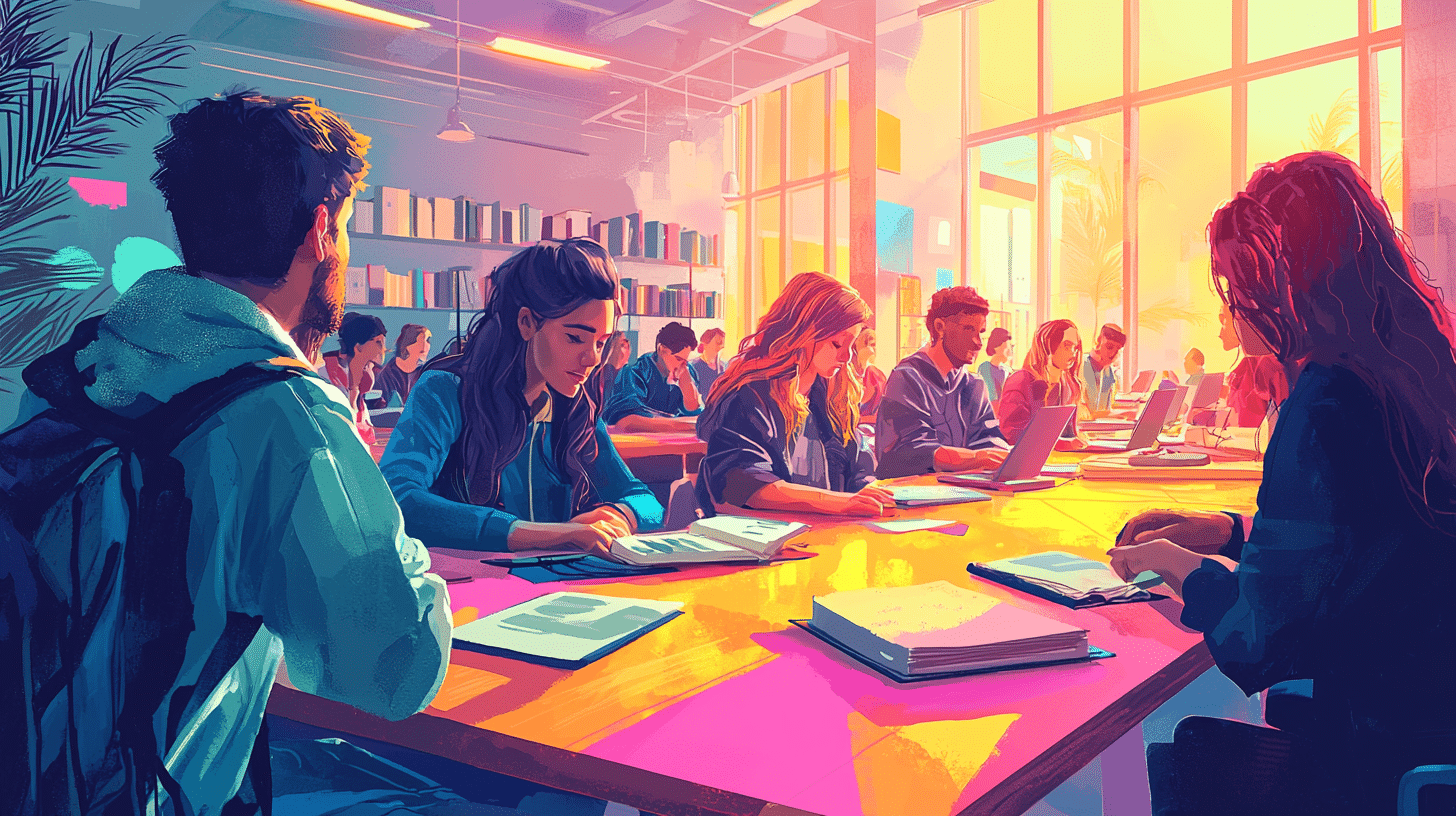Describing physical appearance is a fundamental part of any language. It allows us to communicate details about people we encounter, enhancing our ability to tell stories, give descriptions, and connect with others. In Norwegian, just like in English, there are a variety of words and phrases that you can use to describe someone’s physical appearance. In this article, we’ll explore these terms, providing examples and context to help you become more fluent in describing people in Norwegian.
Basic Adjectives for Describing Appearance
To start, let’s look at some basic adjectives that you can use to describe physical appearance in Norwegian. These are words you would use frequently when describing someone’s height, body type, hair, and eye color.
– **Tall**: høy
– **Short**: kort
– **Fat**: feit
– **Thin**: tynn
– **Strong**: sterk
– **Weak**: svak
– **Beautiful**: vakker
– **Ugly**: stygg
– **Young**: ung
– **Old**: gammel
For example:
– Han er høy (He is tall).
– Hun er vakker (She is beautiful).
Describing Height and Build
When it comes to describing someone’s height and build, Norwegians use straightforward adjectives. Here are a few more specific terms:
– **Medium height**: middels høyde
– **Muscular**: muskuløs
– **Slim**: slank
– **Plump**: lubben
– **Petite**: liten
– **Stocky**: tettbygd
Examples:
– Han er middels høyde (He is of medium height).
– Hun er slank (She is slim).
Describing Hair
Hair is a prominent feature that often comes up in descriptions. Here are some essential words related to hair:
– **Hair**: hår
– **Blonde**: blond
– **Brown**: brun
– **Black**: svart
– **Red**: rød
– **Gray**: grå
– **Bald**: skallet
Types of hair:
– **Curly**: krøllete
– **Straight**: rett
– **Wavy**: bølgete
– **Short**: kort
– **Long**: langt
Examples:
– Hun har blondt hår (She has blonde hair).
– Han er skallet (He is bald).
Describing Eyes
Eyes are another key feature in describing someone’s appearance. Here are some common words used to describe eyes:
– **Eyes**: øyne
– **Blue**: blå
– **Green**: grønn
– **Brown**: brun
– **Gray**: grå
– **Big**: stor
– **Small**: liten
Examples:
– Hun har blå øyne (She has blue eyes).
– Han har små øyne (He has small eyes).
Complexion and Skin
Describing someone’s skin tone and complexion can be sensitive, so it’s important to use respectful and appropriate terms. Here are some common descriptors:
– **Fair**: lys
– **Dark**: mørk
– **Pale**: blek
– **Tan**: solbrun
– **Freckled**: fregnete
Examples:
– Han har mørk hud (He has dark skin).
– Hun er fregnete (She is freckled).
Facial Features
When describing someone’s facial features, you might talk about their nose, lips, and other distinctive traits. Here are some useful words:
– **Face**: ansikt
– **Nose**: nese
– **Mouth**: munn
– **Lips**: lepper
– **Ears**: ører
– **Cheeks**: kinn
– **Chin**: hake
– **Forehead**: panne
Specific traits:
– **Round face**: rundt ansikt
– **Oval face**: ovalt ansikt
– **Square face**: firkantet ansikt
– **Sharp features**: skarpe trekk
– **Soft features**: myke trekk
Examples:
– Han har et rundt ansikt (He has a round face).
– Hun har skarpe trekk (She has sharp features).
Describing Clothing and Style
Describing someone’s appearance often includes mentioning their clothing and style. Here are some basic words and phrases:
– **Clothes**: klær
– **Shirt**: skjorte
– **Pants**: bukser
– **Dress**: kjole
– **Skirt**: skjørt
– **Shoes**: sko
– **Hat**: hatt
Descriptors for style:
– **Fashionable**: moteriktig
– **Casual**: uformell
– **Formal**: formell
– **Sporty**: sporty
– **Trendy**: trendy
Examples:
– Hun har på seg en moteriktig kjole (She is wearing a fashionable dress).
– Han har en uformell stil (He has a casual style).
Combining Descriptions
When describing someone in more detail, you can combine various adjectives and phrases. Here are a few examples:
– Hun er en høy, slank kvinne med langt, krøllete hår og grønne øyne (She is a tall, slim woman with long, curly hair and green eyes).
– Han er en muskuløs mann med kort, svart hår og mørk hud (He is a muscular man with short, black hair and dark skin).
Using Descriptions in Conversations
Describing physical appearance is useful in many conversational contexts. Here are a few sample dialogues:
**Dialogue 1:**
A: Hvordan ser din venn ut? (What does your friend look like?)
B: Hun er kort og har blondt hår. (She is short and has blonde hair.)
**Dialogue 2:**
A: Kan du beskrive læreren din? (Can you describe your teacher?)
B: Han er middels høyde med brune øyne og skjegg. (He is of medium height with brown eyes and a beard.)
Practice Makes Perfect
As with any language skill, the more you practice, the better you’ll get. Try describing your friends, family, or even characters in a book or movie in Norwegian. The more you use these words and phrases, the more natural they will become.
Here are some practice exercises:
**Exercise 1:**
Describe yourself in Norwegian using at least five different adjectives.
**Exercise 2:**
Write a short paragraph describing a famous person. Include details about their height, hair, eyes, and any distinctive features.
**Exercise 3:**
Pair up with a language partner and take turns describing people you see in a picture or photo.
Conclusion
Describing physical appearance in Norwegian involves a mix of basic adjectives, specific terms for hair, eyes, and facial features, and the ability to combine these descriptions fluidly in conversation. By learning and practicing these terms, you’ll enhance your ability to communicate in Norwegian and gain a deeper understanding of the language.
Remember, language learning is a journey. Don’t be afraid to make mistakes, as they are part of the learning process. With time and practice, you’ll find yourself becoming more comfortable and confident in describing physical appearances in Norwegian. Lykke til! (Good luck!)

